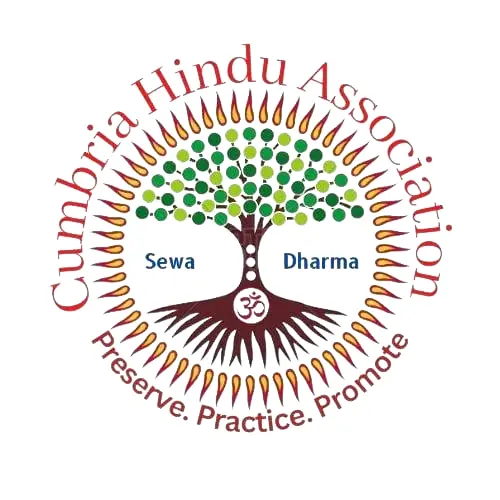Navratri
As the autumn air begins to cool and the leaves start to change color, millions of Hindus around the globe gear up for one of the most anticipated and vibrant celebrations of the year—Navratri. This nine-night festival, rich in tradition and overflowing with fervor, is not just a time for joyous celebrations but also a profound period of spiritual renewal and reflection. But what makes Navratri such an integral part of Hindu culture? Let’s dive into the heart of this festival to uncover its deep-seated importance in the lives of devotees.
A Journey Through Time: The Historical Roots of Navratri
To truly appreciate Navratri, one must glance back at its origins, steeped in ancient mythology and scriptures. Navratri venerates the goddess Durga, celebrating her victory over the buffalo demon Mahishasura. This epic battle, symbolizing the triumph of good over evil, virtue over vice, and light over darkness, is at the core of Navratri’s spiritual narrative. Each night of the festival is dedicated to one of Durga’s nine divine forms, each embodying unique virtues and powers.
The Spiritual Tapestry of Navratri
At its core, Navratri is a spiritual journey, inviting devotees to delve deep into their souls and awaken their inner strength. It’s a time for:
- Self-Reflection and Purification: Fasting and meditation are significant aspects of Navratri, offering moments for self-discipline, introspection, and purification of the mind and soul.
- Devotion and Worship: The ritualistic worship (Puja) of Goddess Durga and her manifestations during Navratri is a powerful expression of devotion, seeking blessings for protection, prosperity, and wisdom.
- Renewal and Empowerment: Navratri symbolizes the renewal of life and spirit, encouraging individuals to embrace their inner power and the divine feminine energy within.
Navratri: A Cultural Extravaganza
Beyond its spiritual essence, Navratri is a dazzling display of culture and tradition, bringing communities together in a spectacular celebration of life. The festival is synonymous with:
- Vibrant Garba and Dandiya Raas: These traditional dance forms, performed with enthusiasm across the globe, are not just entertaining but also a communal expression of joy and devotion.
- Colorful Attires and Decorations: From the intricate designs of the clothes to the elaborate decorations at homes and temples, Navratri is a visual feast, symbolizing the myriad manifestations of life and nature.
Navratri in the Modern World: A Bridge Between Tradition and Contemporary Life
In today’s fast-paced world, Navratri stands as a testament to the resilience and adaptability of traditional practices, seamlessly blending ancient rituals with modern lifestyles. It is a time when:
- Global Celebrations Meet Local Traditions: With the Indian diaspora spread across the globe, Navratri is celebrated in myriad ways, from grand public events in India to intimate gatherings in homes abroad, each adding its unique flavor to the festivities.
- Inclusivity and Diversity: Navratri welcomes everyone, irrespective of their background, to partake in the celebrations. It’s a beautiful example of how ancient traditions can foster inclusivity and unity in diversity.
Embracing Navratri: A Personal and Communal Experience
Navratri offers a unique blend of personal introspection and communal celebration, inviting individuals to experience the divine in both solitude and solidarity. It’s a reminder that in the cycle of life, just as in the cycle of Navratri, there is always a chance for renewal, for victory, and for celebrating the eternal dance of creation.
As we celebrate Navratri, let us embrace its teachings, cherish its traditions, and carry forward its legacy of strength, devotion, and unity. May this Navratri illuminate your life with its divine blessings and bring you closer to the true essence of your being.
